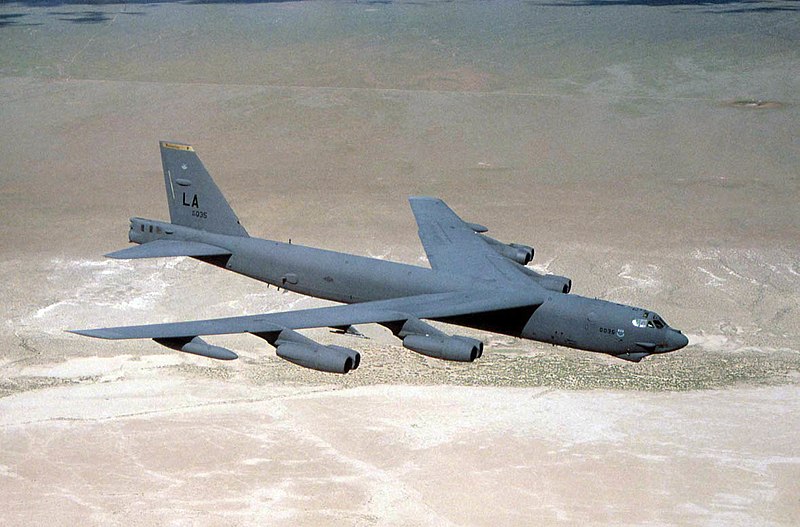Significant Event
1966 B-52 Palomares Crash
On January 17th,
1966, during some of the heights of the Cold War, an American B-52 was routinely refueling
mid-air above Spain when it collided with the KC-135 tanker plane. The B-52 was
part of operation Chrome Dome, a U.S. military operation to keep between 12-24
nuclear-armed bombers in the air at all times with the intent of deterring a
Soviet first-strike. The collision caused the planes to crash, releasing the
four hydrogen bombs the B-52 was carrying. Parachutes attached to the bombs
should have carried them gently down to Earth, but two of the parachutes failed
to open, causing those two to explode on impact. The hydrogen bombs were
unarmed so there was no nuclear explosion, but there was a scattering of
radioactive plutonium dust around the sites of impact. The third bomb landed
safely near Palomares, while the fourth bomb landed in the Mediterranean, about
5 miles offshore.
Clean up of the incident took four months. The bomb that landed safely was recovered within 24 hours. The method of clean up, for the plutonium dust scattered after the explosions of the two bombs, was to remove the contaminated dirt from the most contaminated areas. The contaminated dirt was sealed in barrels and shipped to a storage facility back in the U.S. Yearly health-checks were funded by the U.S. and Spain, as well as monitoring of the soil, water, air, and local crops. Since the incident in 1966, there has been no evidence that anyone has fallen ill and the food and water remain clean. In attempt to find the fourth bomb, “lost” to the Mediterranean, the U.S. Navy deployed more than 20 ships, including mine-sweepers and submersibles. The bomb was finally found, at a depth of 2,850ft, when a local fisherman directed the U.S. Navy to where he saw the bomb fall.
Picture (bottom left): US Ambassador Biddle Duke came down from Madrid to go swimming at Palomares after the Incident. When asked by a reporter if he detected any radioactivity in the water, he replied with a laugh: "if this is radioactivity, I love it!"

